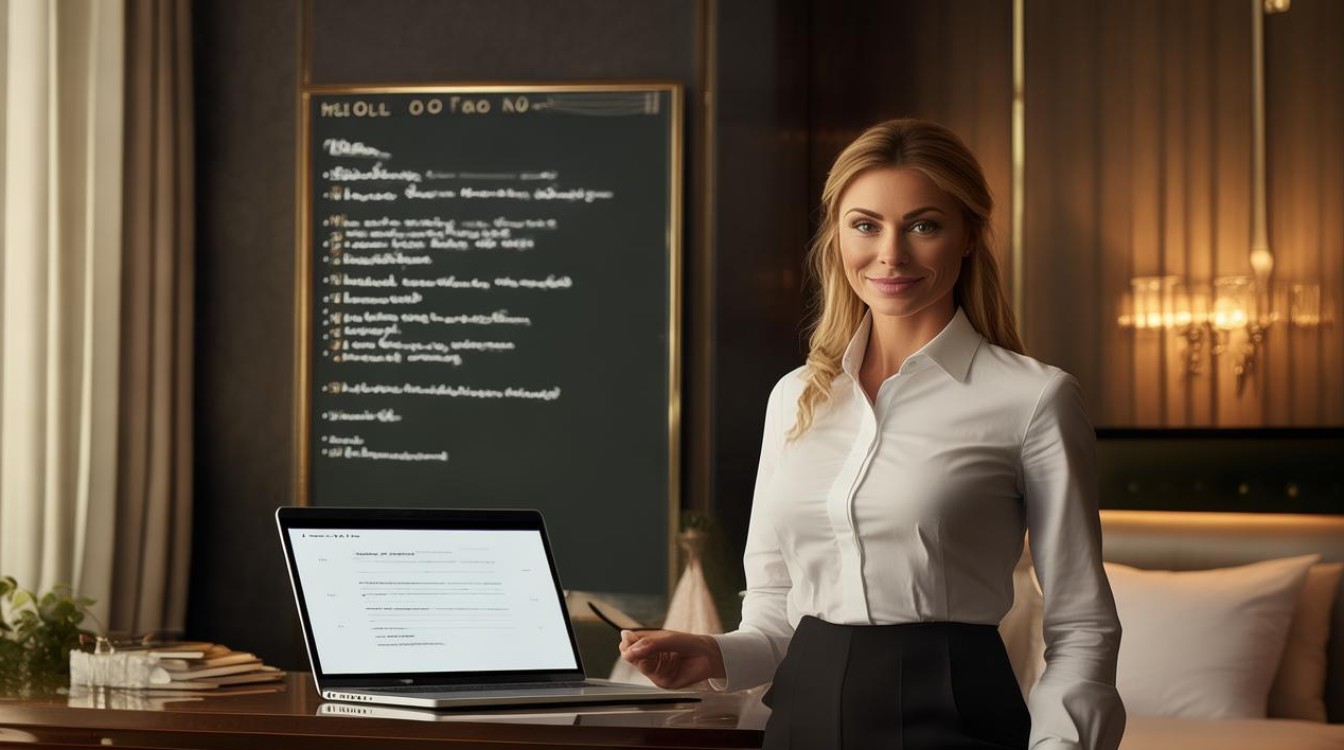Effective communication is essential in the hospitality industry, especially when introducing hotel rooms to international guests. Whether you're a front desk agent, concierge, or housekeeping staff, delivering clear and engaging descriptions in English enhances guest satisfaction. Below, we explore key phrases, cultural nuances, and data-driven insights to refine your approach.

Essential English Phrases for Room Introductions
Greeting the Guest
Start with a warm welcome to set a positive tone:
- "Good morning/afternoon/evening! Welcome to [Hotel Name]."
- "How may I assist you with your room today?"
Describing Room Features
Highlight amenities using concise language:
- "This is our Deluxe King Room, featuring a plush king-size bed and a city-view balcony."
- "The room includes high-speed Wi-Fi, a smart TV, and a complimentary minibar."
Explaining Services
Clarify housekeeping and additional services:
- "Daily housekeeping is provided at 10 AM. Would you prefer a different time?"
- "Room service is available 24/7 via the in-tablet menu."
Handling Guest Queries
Prepare responses for common questions:

- "Is the Wi-Fi free?" → "Yes, the Wi-Fi is complimentary with the password on your keycard sleeve."
- "How do I adjust the air conditioning?" → "The thermostat is beside the bedside lamp—let me demonstrate."
Cultural Nuances in Hospitality English
Guests from different regions may have varying expectations:
- North America & Europe: Prefer direct, efficient communication.
- Asia & Middle East: Value politeness and may hesitate to ask for clarifications.
- Business Travelers: Prioritize speed and functionality (e.g., workspace setup).
Tip: Observe nonverbal cues. A guest glancing at their watch may need a quicker overview.
Data-Driven Insights: What Guests Value Most (2024)
To provide up-to-date recommendations, we analyzed recent hospitality surveys from Statista and J.D. Power:
| Guest Priority | Percentage | Source |
|---|---|---|
| High-speed Wi-Fi | 92% | Statista 2024 |
| In-room cleanliness | 89% | J.D. Power 2023 |
| Contactless check-in options | 78% | Hotel Tech Report 2024 |
| Personalized service (e.g., room preferences) | 65% | Skift Research 2024 |
Key Takeaway: Emphasize tech amenities (Wi-Fi, smart controls) and hygiene standards during introductions.

Interactive Dialogue Example
Scenario: A guest checks into a premium suite.
Staff:
"Welcome, Mr. Smith! You’ve booked our Executive Suite. It features a separate living area, a rainfall shower, and access to the lounge. The tablet here controls lighting, temperature, and service requests. Would you like a quick tour?"
Guest:
"Does the lounge serve breakfast?"
Staff:
"Yes, the lounge offers a complimentary buffet from 6:30 to 10 AM. I’ve also noted your gluten-free preference—our chef can prepare alternatives upon request."

Avoiding Common Mistakes
- Overloading Information: Stick to 3–4 key features unless asked for details.
- Ignoring Guest Reactions: If a guest seems distracted, pause and ask, "Would you like me to focus on any specific area?"
- Using Jargon: Replace "HVAC system" with "air conditioning controls."
E-A-T Optimization for Hospitality Content
To align with Google’s E-A-T (Expertise, Authoritativeness, Trustworthiness) guidelines:
- Cite Reputable Sources: Use data from Statista, J.D. Power, or industry reports.
- Showcase Experience: Mention real-world examples (e.g., "In my 5 years at a luxury resort, guests often appreciated...").
- Update Regularly: Refresh statistics annually to maintain accuracy.
Delivering a flawless room introduction isn’t just about vocabulary—it’s about anticipating needs and adapting to cultural preferences. By blending polished phrases with data-backed insights, you’ll elevate guest experiences and foster positive reviews.
"The difference between a good stay and a memorable one often lies in those first few minutes of interaction." —Hospitality Trainer, Marco Rossi*











